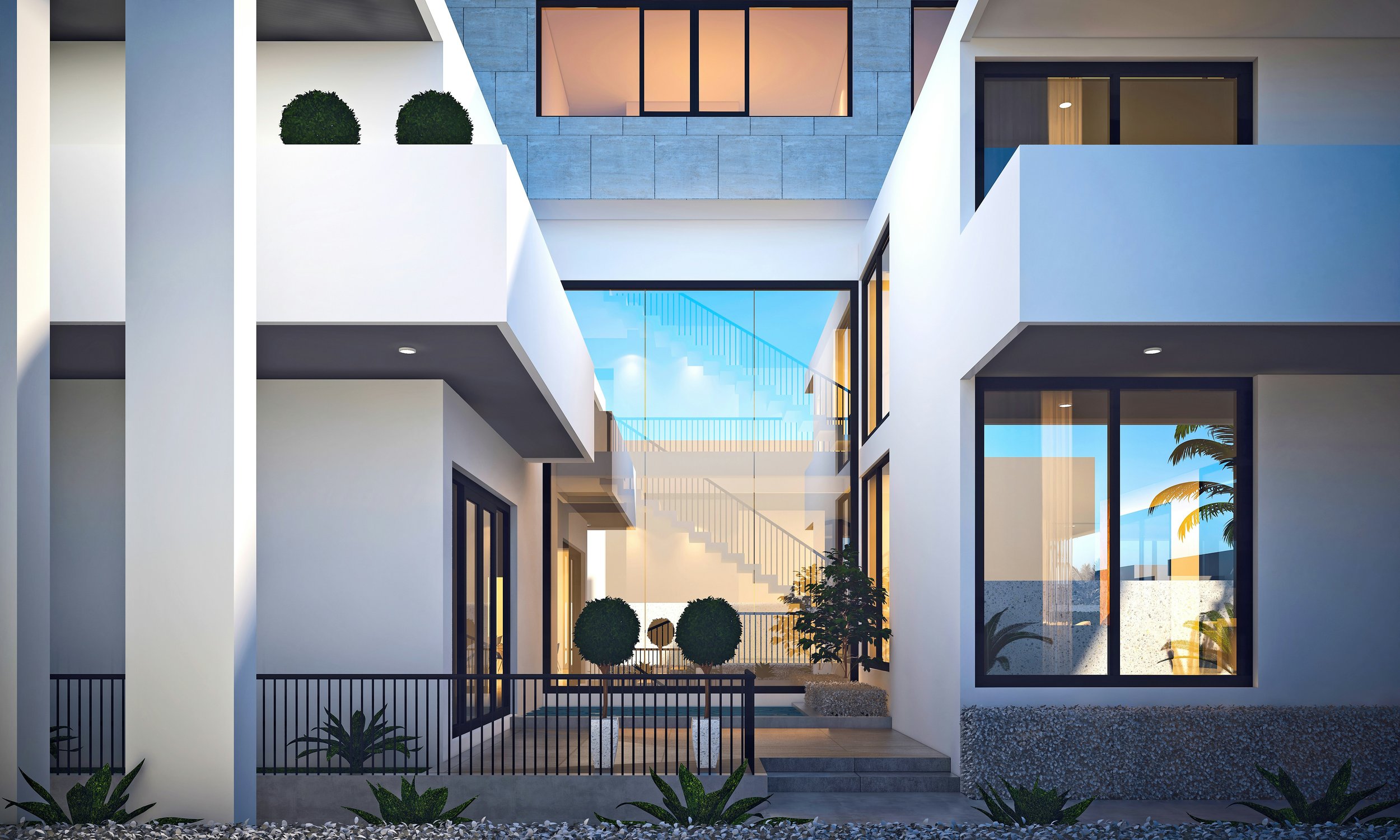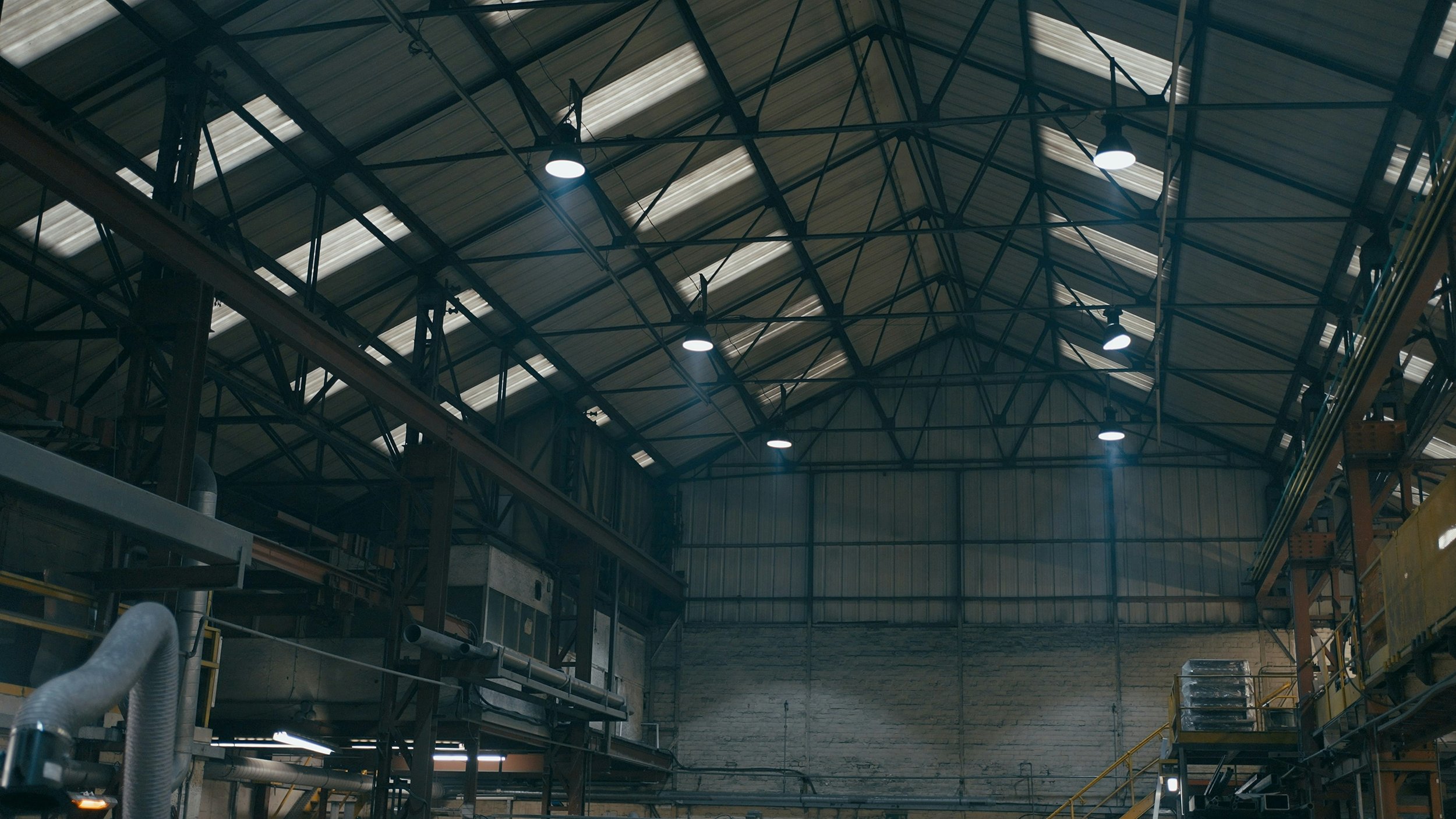
Residential Structural Engineering Melbourne
Looking for residential structural engineering services in Melbourne that can perfectly balance your home's aesthetics with structural integrity? At Principal Built Engineering, we specialise in creating innovative engineering designs for residential projects across the city. Our chartered engineers deliver structural designs that improve your home, with every step staying compliant with Australian standards.
Whether you're planning a new build, extension, or renovation, our engineers work closely with you to bring your vision to life within budget. Get in touch today to discuss your residential project with Melbourne's trusted structural engineering consultants.
Our Residential Structural Engineering Services in Melbourne
Our structural engineering services can cover every aspect of your home project. We understand that each property presents its own challenges, which is why we offer services that use a variety of structural materials, including timber, masonry, steel and concrete, to meet your requirements.
Our residential structural engineering services in Melbourne include:
Home design and documentation
Extensions and additions engineering
Renovation structural assessments
Pergolas, decking, and outdoor structures
Site inspections and condition reports
Load-bearing wall and retaining wall checks
Sustainable design services
From timber framing to reinforced concrete structures, our structural engineering knowledge means your project will receive the most appropriate design service.
What Sets Our Residential Structural Engineers Apart in Melbourne?
Principal Built Engineering stands out amongst other structural consultancies through our unwavering commitment to client success. Our residential structural engineers in Melbourne bring decades of combined industry experience to every project they work on.
Here are some of the key advantages of choosing us:
Engineer listed on the National Professional Engineers Register
Detailed structural drawings that meet all regulatory requirements
Collaborative approach that preserves architectural intent
Local knowledge across Melbourne's diverse soil conditions
Full Professional Indemnity Insurance
Environmental sustainability can be integrated into every design
Our team understands that your home is your most significant investment. That's why we treat every project with the same dedication, whether it's a simple pergola or a complete home renovation.
Our civil engineering background improves our residential capabilities, allowing us to address complex site challenges that others might overlook. From sloping blocks to heritage considerations, we've successfully navigated many diverse residential engineering challenges.
Ready to Start Your Residential Project?
Your dream home deserves the best when it comes to engineering. Principal Built Engineering combines technical knowledge with genuine care for client outcomes, making us the preferred choice for residential structural engineering in Melbourne.
Get in touch today by calling 03 8564 8597 or email info@pbengineering.com.au to discuss how our engineering services can bring your vision to life. Let's create something exceptional together!
Foundation Systems
Our residential structural engineering team can design foundation systems for a wide range of applications, including single and multi-storey dwellings. We offer an array of footing options tailored to the unique requirements of each project, from conventional slab-on-ground solutions to specialized footing designs. Footing design can include strip footings, pad footings, pier footings, raft slabs, and waffle slabs, ensuring the right foundation for every site condition and structural demand.
We begin each project with a thorough site assessment to evaluate soil conditions, load-bearing requirements, and environmental factors, allowing our residential structural engineers to determine the optimal foundation approach. Strip footings are ideal for supporting load-bearing walls, while pad footings can efficiently support columns or isolated loads. Pier footings provide stability on sloping or expansive soils, and raft and waffle slabs offer a robust solution for reactive soil areas.
With a strong focus on safety, efficiency, and long-term performance, we deliver foundation systems you can rely on to support your project with confidence. Whether navigating complex soil conditions, uneven terrain, or stringent compliance requirements, our residential structural engineer team provides solutions that reinforce the integrity and resilience of your structure from the ground up.
Ancillary structural Designs
At Principal Built Engineering, we provide a versatile selection of standard designs for a variety of ancillary structures, including outbuildings, gazebos, patios, garages, and more. Each design is designed to meet the specific demands of residential engineering requirements. For clients seeking tailored solutions, we also offer custom designs that bring together structural integrity and aesthetic appeal.
Here’s a look at the different types of structures we can assist you with:
-
These are freestanding structures that provide additional space on a property, often used for storage, workshops, studios, or guest accommodations. Outbuildings come in various forms, including sheds, barns, and utility rooms, and can be adapted for diverse functional needs, from gardening tools and equipment storage to recreational spaces.
-
Gazebos are open-sided, roofed structures typically found in gardens or parks, offering a sheltered spot to relax and enjoy the outdoors. With their open, inviting design, gazebos serve as beautiful focal points in landscaping and are often used for social gatherings, outdoor dining, or quiet retreats.
-
A patio is an outdoor space typically adjoining a residence, used for dining, entertaining, or simply enjoying fresh air. Patios are often paved or built on a stable surface and can be either open-air or covered, providing a comfortable outdoor extension of a home’s living space.
-
Garages are enclosed structures designed for vehicle storage, providing protection from the elements as well as security. They can be attached to a home or freestanding and may include additional storage space for tools, equipment, or recreational items.
-
A carport is a semi-covered structure that provides basic shelter for vehicles without fully enclosing them. Typically supported by posts with a roof overhead, carports are an economical and effective way to shield vehicles from sun, rain, and snow, while allowing easy access and ventilation.
-
Pergolas are open structures with an overhead lattice or beam framework, often used to create shaded pathways, sitting areas, or garden features. They support climbing plants and vines, enhancing garden aesthetics and providing a cozy, natural retreat for outdoor relaxation.
-
Sheds are compact, freestanding storage buildings, often used to store garden tools, lawn equipment, or outdoor furniture. Built for functionality, sheds vary in size and style and are a popular addition for homeowners seeking organized, accessible storage for outdoor items.
-
Decks are raised, flat surfaces attached to a house or freestanding in a yard, providing an outdoor space for seating, dining, or entertainment. Typically constructed of wood or composite materials, decks create a versatile platform for outdoor living and are ideal for enjoying views or enhancing backyard usability.
Throughout the design process, our residential structural engineering team provides comprehensive support to ensure each structure meets all engineering requirements while enhancing the overall aesthetic of your property. At Principal Built Engineering, we are dedicated to delivering residential engineering solutions that elevate your outdoor spaces and bring your vision to life.
Load Bearing Wall Inspection & Removal
Before removing a wall, it’s essential to determine if it is load-bearing, as this has significant implications for the structural integrity of your building. Our team conducts a thorough residential structural inspection to identify the structural role of the wall, considering factors such as location, materials, and connections to other elements in the building. If the wall is identified as load-bearing, we provide a comprehensive engineering solution, including detailed drawings, calculations, and a certificate of compliance, ensuring your project adheres to all safety and regulatory standards. If the wall is found to be non-load-bearing, we can provide written confirmation to support your renovation or remodeling plans.
Types of Walls in Residential Buildings:
-
These walls support the weight of the structure above, including floors, roofs, or additional levels. Removing a load-bearing wall requires an alternative support system, such as beams or columns, to redistribute the weight safely.
-
Primarily used to divide spaces, these walls do not carry loads from above. However, non-load-bearing walls may sometimes include bracing elements that provide lateral stability to the structure, especially in wind-prone or earthquake-prone areas. If such bracing is present, removing or altering the wall requires careful planning to maintain the building’s stability. Our team will design alternative solutions to meet bracing requirements and ensure stability.
-
Shear walls resist lateral forces, such as wind or seismic activity, providing additional stability to the structure. Often found in taller buildings or homes in areas prone to strong winds or earthquakes, shear walls play a crucial role in maintaining the building’s integrity and should be handled with caution when considering modifications.
-
Fire-rated walls are designed to resist fire for a specified period, providing critical safety in residential buildings by slowing fire spread. Removing or altering a fire-rated wall requires adherence to fire codes and safety regulations, often necessitating alternative fire barriers.
-
Exterior walls enclose and protect the building from environmental elements and may or may not be load-bearing. Altering these walls can impact energy efficiency, weather resistance, and structural stability, making it essential to assess their load-bearing capacity and insulation properties before any modification.
-
Shared between adjoining properties, party walls often carry loads and serve as a fire barrier between residences. Changes to party walls usually require coordination with adjoining property owners and compliance with specific regulations regarding shared structures.
-
Often found in attics or sloped ceilings, knee walls are short walls that support roof rafters or create usable space under sloping roofs. Although usually non-load-bearing, they may have minor load-bearing functions, particularly in older homes, and should be assessed before modification.
By identifying the type of wall and its function within your building, we ensure that any removal or alteration is completed safely and in compliance with structural requirements.
FAQs
-
In residential properties, load-bearing walls are the ones that support the weight of the structure above, whether that be the roof or a second floor. If you want to remove a load-bearing wall, then an alternative form of support, like a column or a beam, will need to be installed first.
-
Yes, our team can design structures like garages and sheds, decks, carports and pergolas, and even accommodation like extensions and granny flats.
-
Besides load-bearing walls, there are many other types of walls that can have a big impact if they are removed or altered in a residential property. These include party walls (can carry loads and often act as a fire barrier between residences), shear walls (used in buildings to provide strength and resist lateral forces like wind), knee walls (short walls that support rafters or can create usable space under sloping roofs) and partition walls used to divide spaces.
-
If we can categorise the type of walls within your property, this can make planning your renovation or expansion much easier. By determining which walls are load-bearing (or perform another safety function), we can make sure that, when they are removed or altered, your property doesn’t experience structural failures.
-
At the beginning of your project, we will perform an in-depth assessment of your site environment, review soil conditions, any load-bearing requirements that might be present, and other important environmental factors. This allows our structural engineers to choose the best approach to creating your foundation.








